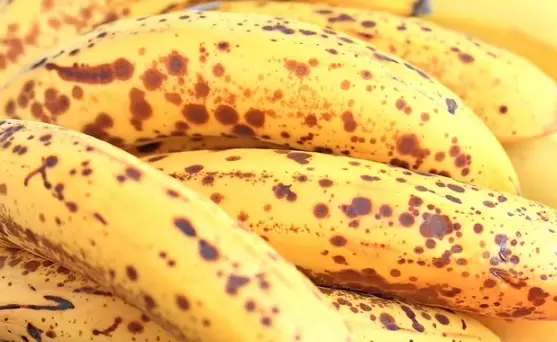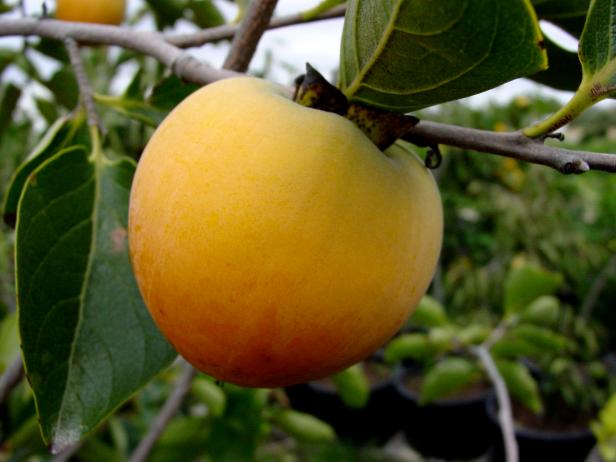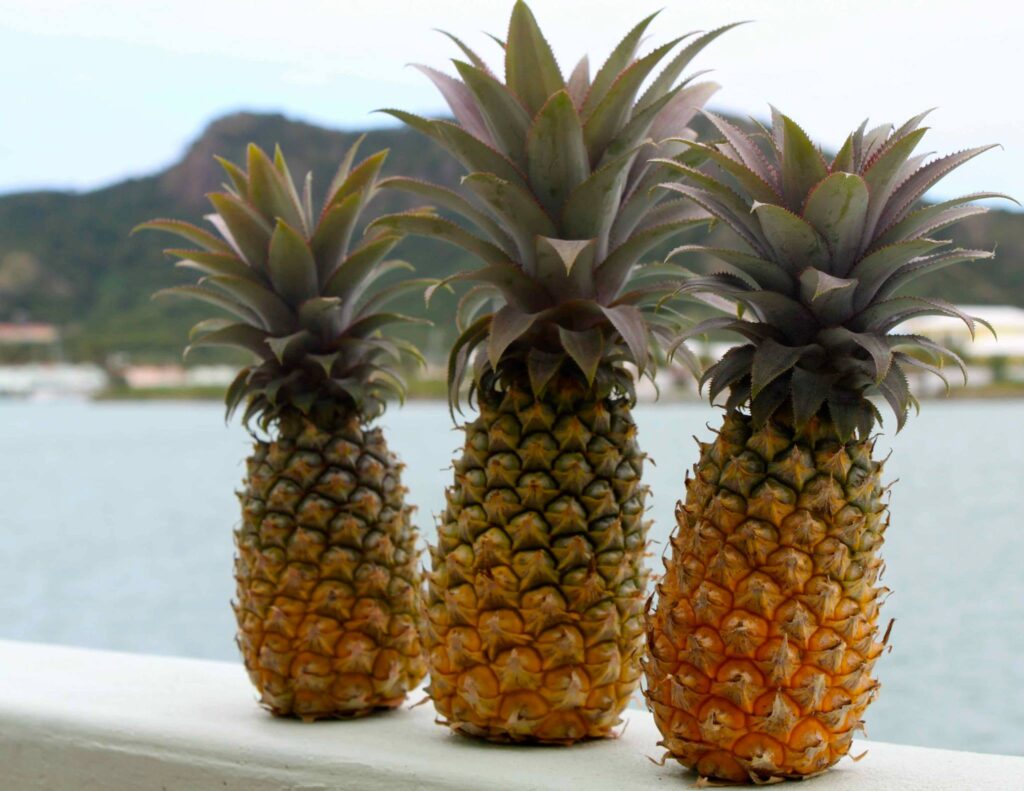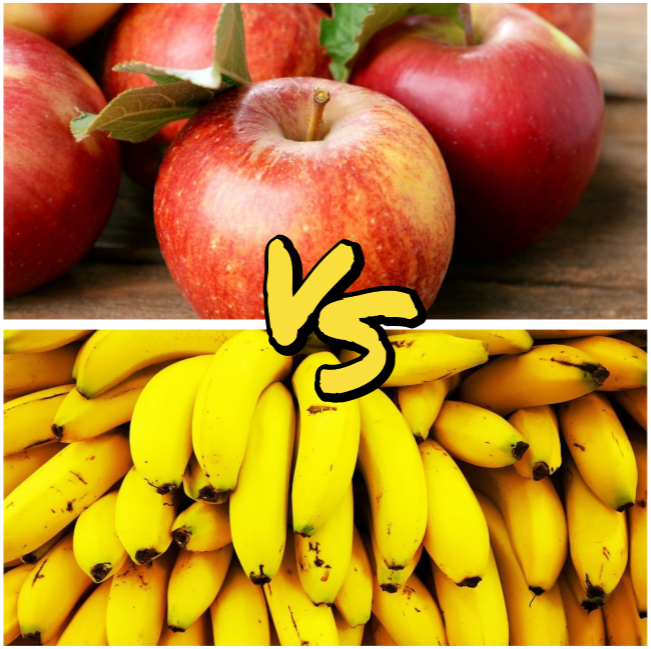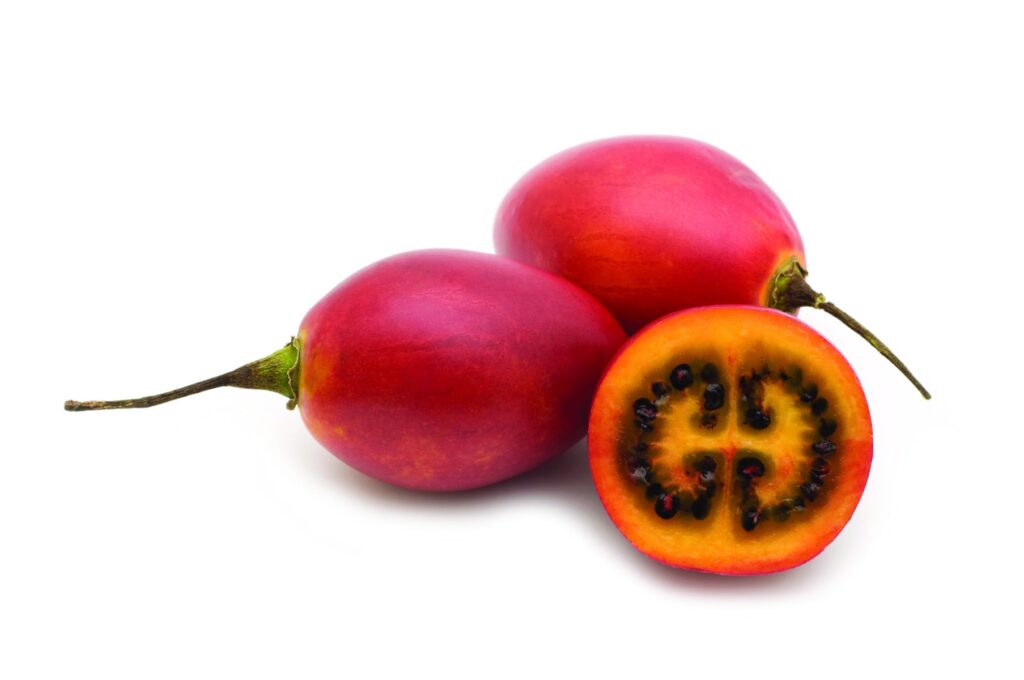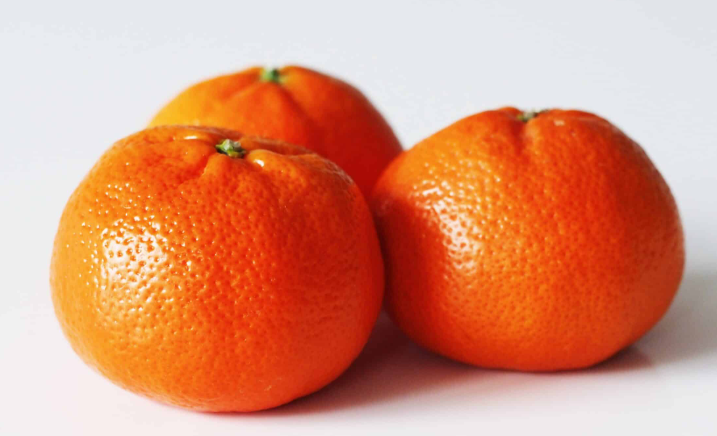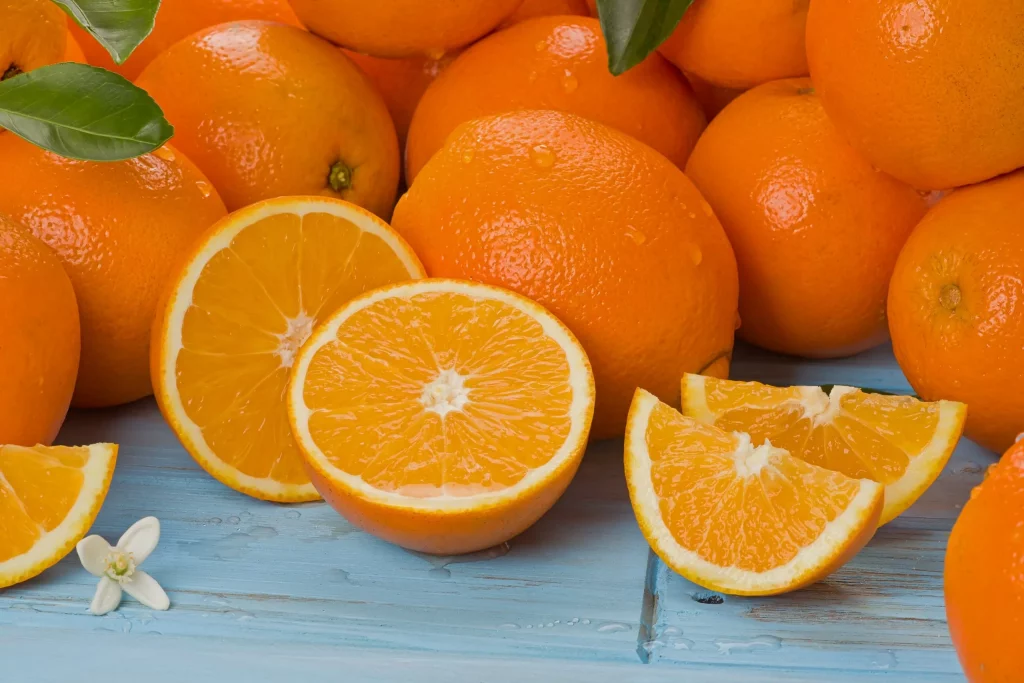If you live in Zone 9, you’re in luck! This region has a great climate with lots of sunlight and a long growing season, which is perfect for growing many kinds of fruit trees.
The warm, sunny weather and mild winters mean that you can grow a whole bunch of tasty fruits in your garden. Let’s take a look at some of the top fruit trees for Zone 9 and see what makes them great, as well as some tips on how to care for them.
Some of the things that make Zone 9 perfect for growing fruit trees are its mild winters and hot summers. That means you can grow a variety of fruit trees without worrying too much about the cold.
When you choose the right kind of trees and take good care of them, you will get a big harvest of fresh fruit. You can grow many types, including citrus trees and stone fruits, and enjoy them straight from your backyard. p>
Table of Contents
Citrus Trees
Citrus trees really enjoy the sunshine and warmth that Zone 9 offers. There are different kinds such as oranges, lemons, limes, and grapefruits that do really well in this area. For example, you could plant Valencia oranges for juice, Meyer lemons for lemonade, Key limes for pies, or Ruby Red grapefruits for a sweet snack. All these trees give you fruits full of great taste that you can eat right away or use in cooking and baking.
Avocado Trees
Avocado trees are another good choice for Zone 9 because they love the warmth. They need an area without frost and soil that lets water through so it doesn’t sit around the roots.
You can try growing types like Hass, Fuerte, or Bacon. Avocado trees will give you a lot of tasty and healthy fruits that you can use in many dishes, from dips like guacamole to topping for salads and sandwiches.
Fig Trees
Fig trees fit right into Zone 9’s kind of weather, like in the Mediterranean. They don’t need much work to grow and take care of. There are a bunch of different fig types you could plant, such as Brown Turkey, Black Mission, or Celeste. Fig trees offer you sweet fruit that can be eaten fresh off the tree, dried for a snack later, or turned into yummy jams and desserts.
Stone Fruit Trees
In Zone 9, you can successfully grow different stone fruit trees like peaches, plums, and apricots. These trees have a special need for cool temperatures for short periods (chill hours) to help their fruit develop, and Zone 9’s weather can give them just that.
You might want to grow peach trees like Elberta, plum trees like Santa Rosa, or apricot trees like Gold Kist. These stone fruit trees will reward you with juicy and delicious fruits that are fantastic for fresh eating or for making into treats like jams, pies, and other baked goods.
Persimmon Trees
Persimmon trees are another great match for Zone 9’s warm and sunny climate. Asian persimmons, including varieties like Fuyu and Hachiya, are particularly popular. These trees bear sweet fruits that you can snack on as is or use when cooking and baking. Persimmon trees look pretty too, with nice leaves and colorful fruits that decorate your garden.
Pomegranate Trees
Pomegranate trees also grow really well in the warm and less humid areas of Zone 9. They’re good at dealing with different types of soil.
Choices like Wonderful and Eversweet are suited for this zone. Pomegranate trees have fruits packed with healthy antioxidants, and they taste both tart and sweet. You can enjoy them fresh, juice them, or add them to your salads and sweets.
Cultivation Tips
If you’re planning to grow fruit trees in Zone 9, here are some important tips to keep in mind:
- Where to Plant Them: Find a spot in your garden that’s sunny because most fruit trees need 6-8 hours of sunlight each day. The ground should let water drain to avoid wet roots.
- How to Plant: Make sure you plant the trees correctly. You should dig a hole that’s big enough for the tree’s roots, use good soil, and water the tree a lot when you first plant it.
- Watering: Young fruit trees need water often so they can grow roots. Once they’re bigger, they can handle some dry days, but it’s still good to water them if it hasn’t rained in a while.
- Pruning and Shaping: When the trees have no leaves (dormant season), it’s time to cut away any branches that are dead or sick. This helps get air flowing through the tree and keeps its shape good for growing fruit. You can train the trees to grow a certain way, which makes it easier to pick the fruit and keep the tree healthy.
- Feeding the Trees: Use a well-balanced fertilizer following the needs of the type of tree you have. Feeding the trees helps them grow strong and make lots of fruit. It’s usually done in early spring and toward the end of summer.
- Keeping Pests and Diseases Away: Watch out for bugs and plant diseases that could hurt your trees. It’s important to clean up old leaves and fruit from the ground to stop diseases. If you find pests, try using safe ways to get rid of them, or ask local experts what to do.
By following these tips and picking the right kinds of fruit trees, your Zone 9 garden can be full of tasty, homegrown fruits.
Conclusion
Zone 9 is a wonderful place for a fruit-filled garden. With the right selections and good tree care, you can grow an assortment of fruit trees.
Choices range from citrus to stone fruits, and even more unique trees like figs and persimmons. By choosing the best varieties for Zone 9 and following good gardening practices, you’ll be able to enjoy delicious and fresh fruits right from your own garden.
